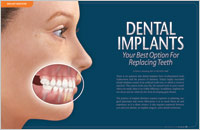How is Gum Disease Treated?
You've probably heard about gum disease, also known as periodontal disease, in the news or from your dentist. It's a condition that affects over half of all adults and can lead to tooth loss and increase the risk of other health problems if it goes untreated. For example, research links untreated gum disease with a higher risk of heart disease and stroke.
Fortunately, there are many ways dentists can treat gum disease. Early treatment is essential to keep gum disease from progressing and extending from the gums into the bones, which could lead to tooth loss and other serious problems.
What is Gum Disease?
Gum disease, also known as periodontitis, is caused by plaque -- a sticky film made up of bacteria that forms on your teeth every day. Unless you remove plaque, it turns to tartar, which can lead to infection below the gumline and cause your gums to pull away from your teeth. Pockets form that fill with bacteria and inflammation sets in. Over time, periodontitis can affect the bone and lead to tooth loss.
If you don't brush or floss regularly, remove plaque daily, and see your dentist regularly for professional cleanings, you may be at risk for gum disease.
Signs of Gum Disease
Gum disease often has no symptoms in the early stages. As it progresses, though, you may experience:
Redness and swelling of your gums
Pain when chewing or biting down
Tender or bleeding gums when brushing or fluffing your teeth
Bad breath
Shifting teeth
Treatment for Gum Disease Depends on the Severity
Dentists typically treat gum disease in a few different ways, depending on how serious the condition is. More advanced gum disease will require more intensive therapy than mild gum disease. Prevention matters too. Regular dental check-ups and cleanings remove plaque and tartar that cause gum disease and lower your risk of developing it in the first place.
Treatment of Mild Gum Disease
For mild cases of gum disease, dentists may recommend prophylactic cleaning and more frequent dental checkups. "Extended" or "preventive" cleaning keeps your teeth healthy even between regular checkups. During this type of visit, the hygienist will remove stains from your teeth and clean around the gingival margins (the area where your gums meet the enamel of your teeth). If you have early gum disease, your dentist may recommend more frequent cleanings, as often as every 3 months, to prevent gum disease progression.
Moderate Gum Disease Treatment
Moderate gum disease requires more aggressive treatment. Scaling and planing is a procedure dentists use to remove plaque and tartar from below the gum line. For this procedure, dentists use an ultrasonic scaler that looks like a small metal spoon with a handle. After numbing your mouth, your dentist will scrape the tartar from your teeth using the scaler. The benefits of scaling are that it removes plaque below the root of the tooth. They will also do a procedure called root planing, where they smooth down the tooth root's surface. A smoother surface allows the gum tissue to more easily reattach. Your dentist may also use a laser to eliminate bacteria and irritants around infected areas of your gums
Treatment of Severe Gum Disease
For severe gum disease cases, your dentist may need to perform oral surgery. This can involve removing infected tissue or teeth and performing a gum graft or bone graft.
A gum graft is a surgical procedure that replaces damaged gums with healthy tissue. The procedure involves taking a piece of tissue from the roof of the mouth, called the palate, and placing it over the exposed roots of your teeth.
The type of gum graft you will have depends on how much of your gum has receded, how much bone you have left, and whether any tooth root exposure is present.
A full-mouth graft involves replacing all your gums. This is usually done if you have severe gum recession around all your teeth or if there are large spaces between them due to bone loss.
A partial graft involves replacing some of your gums only. A dentist may recommend a partial gum graft if you only have mild recession around some teeth or if there is some bone loss but not enough to warrant a full-mouth graft. Gum grafting can be carried out on its own or alongside other dental procedures, such as tooth implants or root canals.
If the bone is damaged, you may also need a bone graft to replace the missing or damaged bone to prevent future tooth loss.
Conclusion
If you think you may have gum disease, the best thing to do is call a dentist. They can perform a thorough examination and recommend any treatment you may need, depending on the severity of your condition. If you start receiving treatment early enough, it's possible your teeth and gums will return to their original state of health. So don't hesitate--schedule an appointment with your dentist today!
References:
Periodontitis - Diagnosis and treatment - Mayo Clinic. Mayoclinic.org. Published 2020. Accessed June 6, 2022.
Related Bone Grafting Articles
 Can Dentists Rebuild Bone?
Can Dentists Rebuild Bone?
Yes they can! It is very important to maintain bone volume following removal of a tooth so that dental implants remain a viable option for tooth replacement. This is easily accomplished with today's routine bone-grafting techniques...
Read Article
 Dental Implants – Your Third Set of Teeth
Dental Implants – Your Third Set of Teeth
A discovery fifty years ago paved the way for one of dentistry's most exciting, natural looking and successful tooth replacement systems. Learn how dental implants might just possibly change your life...
Read Article
 The Hidden Consequences of Losing Teeth
The Hidden Consequences of Losing Teeth
For those missing even one tooth, an unsightly gap is actually the least significant problem. What's of far greater concern is the bone loss that inevitably follows tooth loss. Dental implants fused to the jawbone can preserve bone, improve function and enhance psychological well-being. Learn how implants serve both as anchors to support replacement teeth, and preserve bone as one of the better preventive maintenance procedures in dentistry...
Read Article



